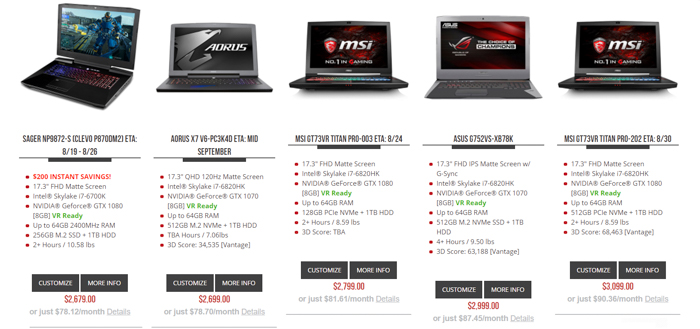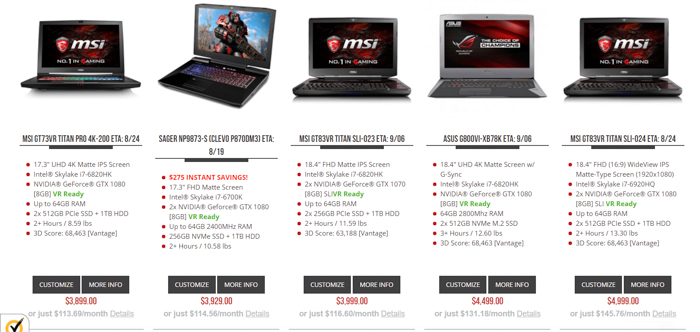Dopo l’annuncio in occasione del Google I/O 2016 ed il rilascio della versione beta, è arrivata nelle scorse ore l‘ufficializzazione della disponibilità della versione stabile Google Duo, l’app per Android e iOS che sfida Facetime di Apple, ovvero un’app per le videochiamate one-to-one tramite dispositivi mobile. Le app per la gestione delle videochiamate non mancano di certo, ma la ”ricetta” proposta da Google per distinguersi dalla massa si basa su semplicità di utilizzo, velocità e affidabilità.

ss
Duo è in primo luogo semplice: per effettuare videochiamate cross-platform è sufficiente conoscere il numero di telefono del contatto, anche recuperandolo tramite la rubrica telefonica del proprio smartphone. Non è richiesto alcun account separato, quindi è possibile effettuare l’accesso in pochi semplici passaggi, per poi avviare la videochiamata con un solo tap.
Altri aspetti messi in evidenza da Google nel presentare ufficialmente la nuova app riguardano la velocità e l’affidabilità. La casa di Mountain View promette una rapidità di connessione anche in presenza di reti dati non estremamente veloci. La qualità della chiamata si adatta dinamicamente in base alle condizioni della rete e, quando la velocità è ridotta, Duo diminuirà automaticamente la risoluzione per garantire una buona fluidità del flusso video. Duo è inoltre in grado di gestire autonomamente la connessione, switchando tra rete Wi-Fi e cellulare senza soluzione di continuità della videochiamata.
Non mancano alcuni accorgimenti introdotti per rendere la gestione della videochamata ancor più piacevole. Il riferimento va, ad esempio, alla funzionalità denominata Knock Knock, che consente di visualizzare il video live del chiamante ancor prima di rispondere alla videochiamata. Google, da ultimo, non ha trascurato gli aspetti della privacy e della sicurezza, come testimonia, tra l’altro, la crittografica end-to-end delle chiamate.
Duo non ha certamente l’ambizione di rivoluzionare un mercato che, come detto, offre un’ampia scelta di app per la gestione delle videochiamate. Puntare ad elementi come l’intuitività e la semplicità di utilizzo, in ogni caso, potrebbe porre le basi per raggiungere un pubblico vasto. La casa di Mountain View rende noto che la distribuzione di Duo negli store di Android e iOS ha preso il via nelle scorse ore e che occorreranno ancora pochi giorni prima per avere la possibilità di scaricare l’app in ogni parte del mondo.
Si riportano, per completezza, i link alle versioni Android e iOS, ricordando che l’attivazione potrebbe richiedere ancora un po’ di tempo – versione Windows 10 Mobile, come spesso purtropo accade, non pervenuta:
Autore: Le news di Hardware Upgrade









